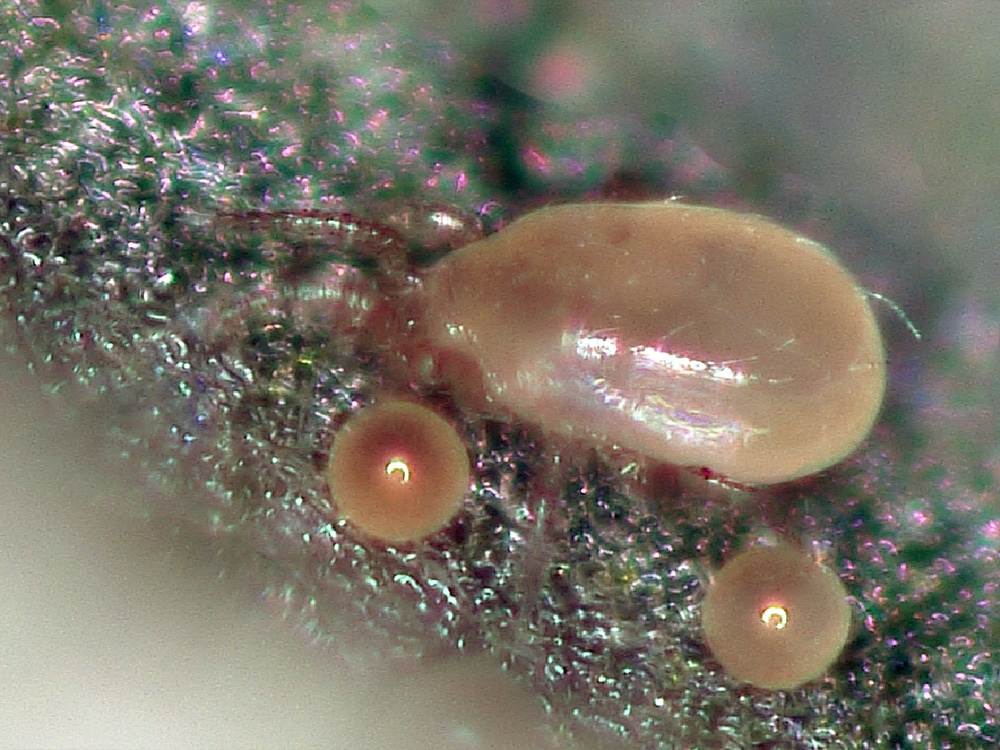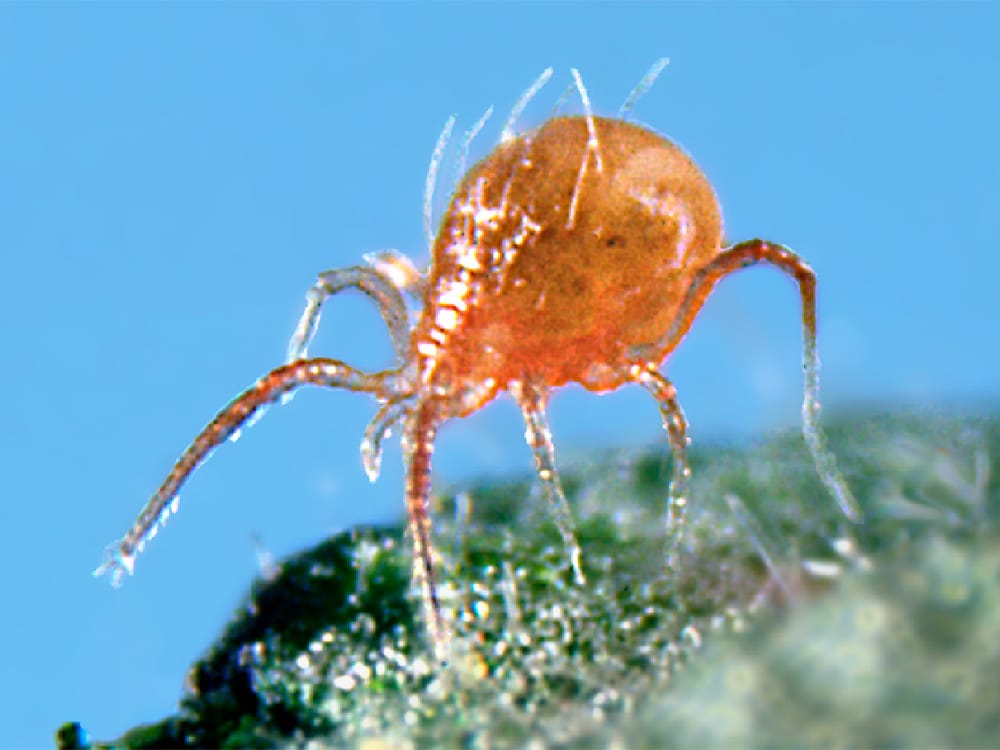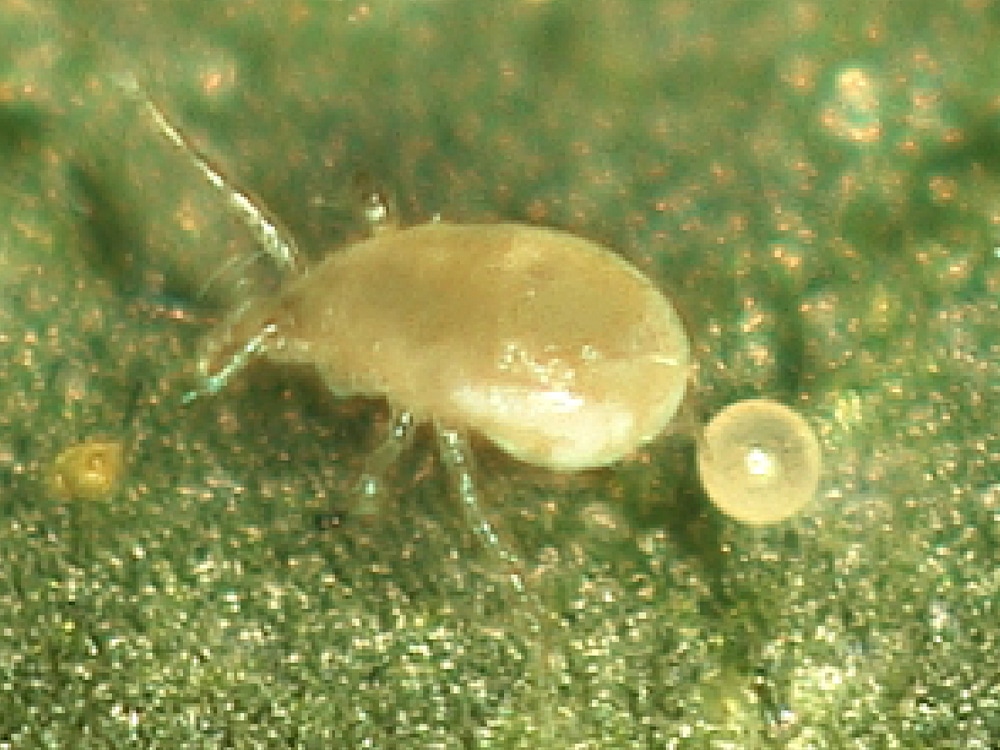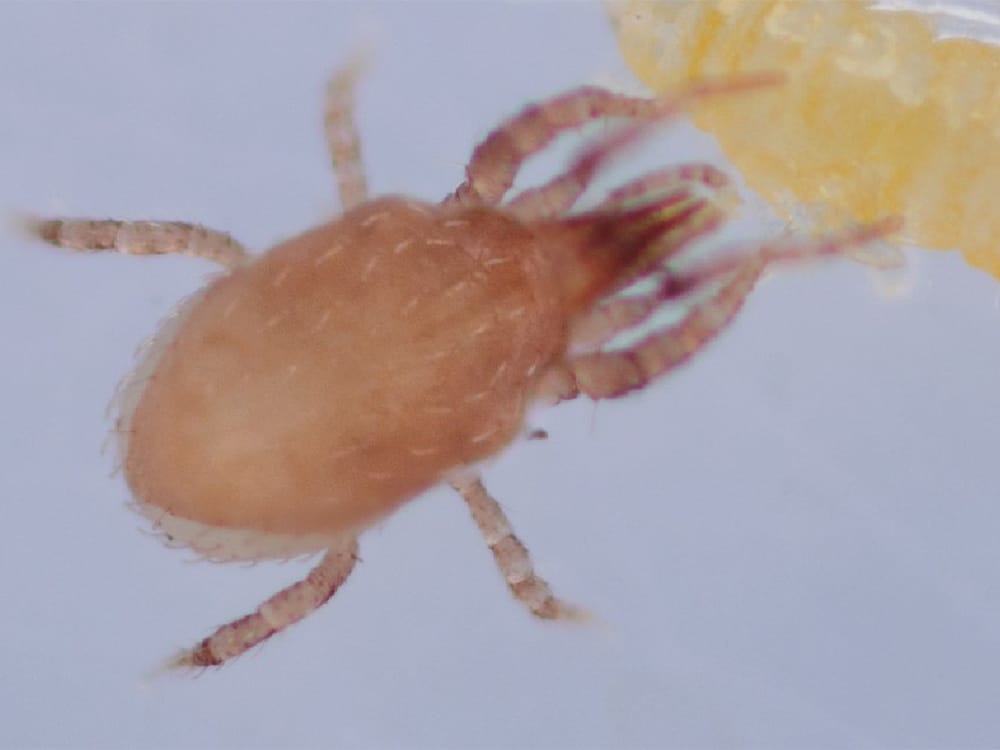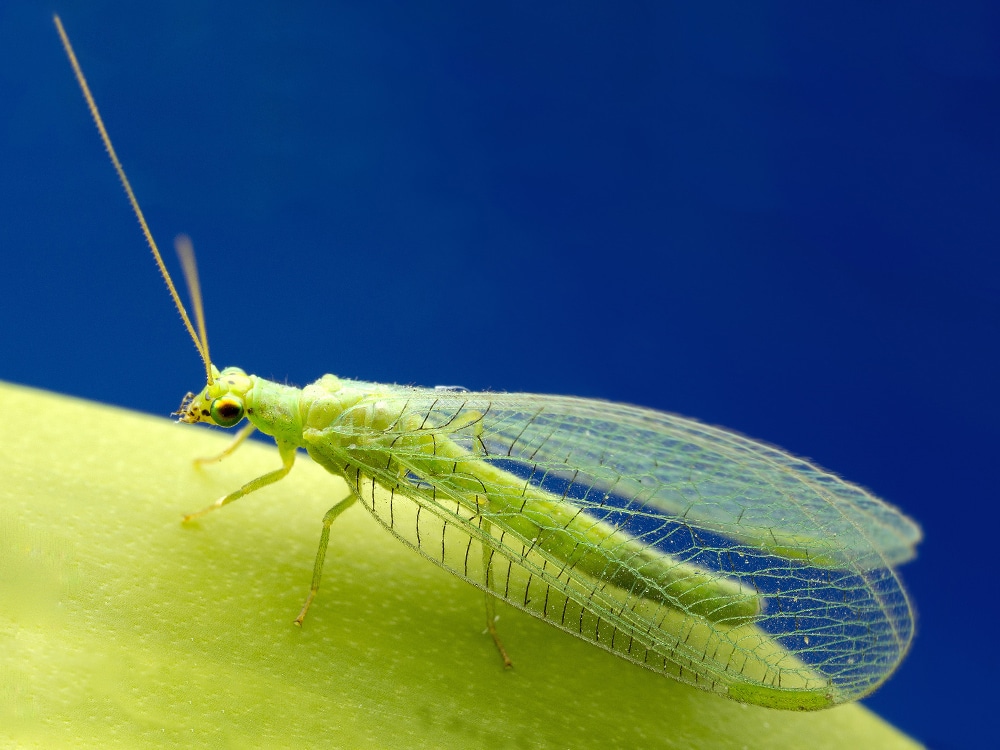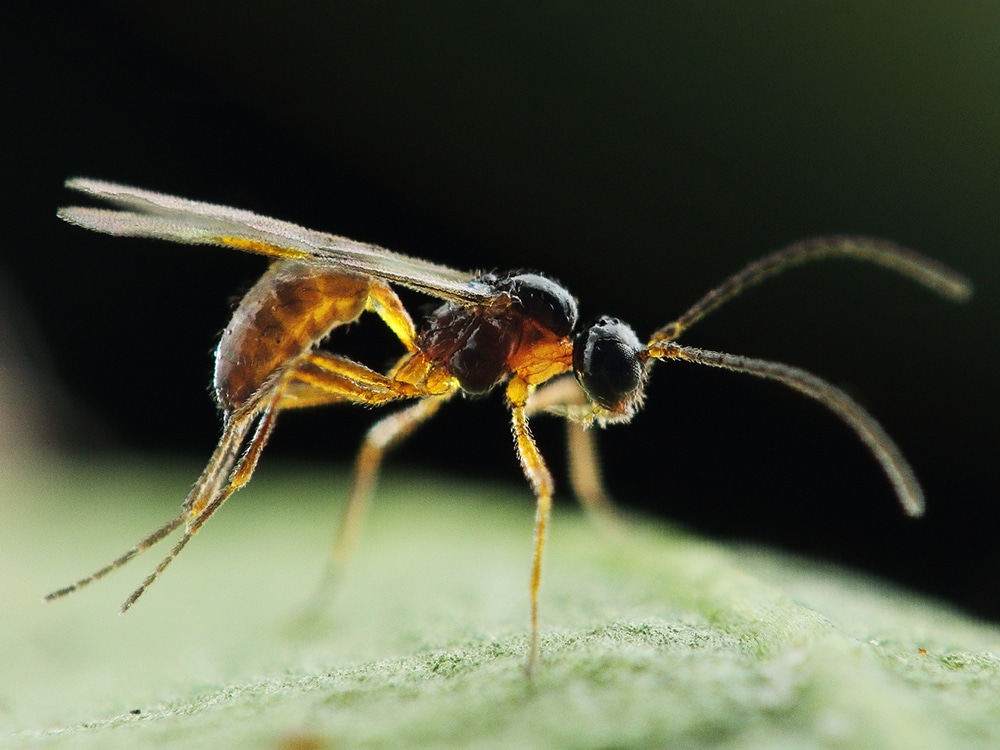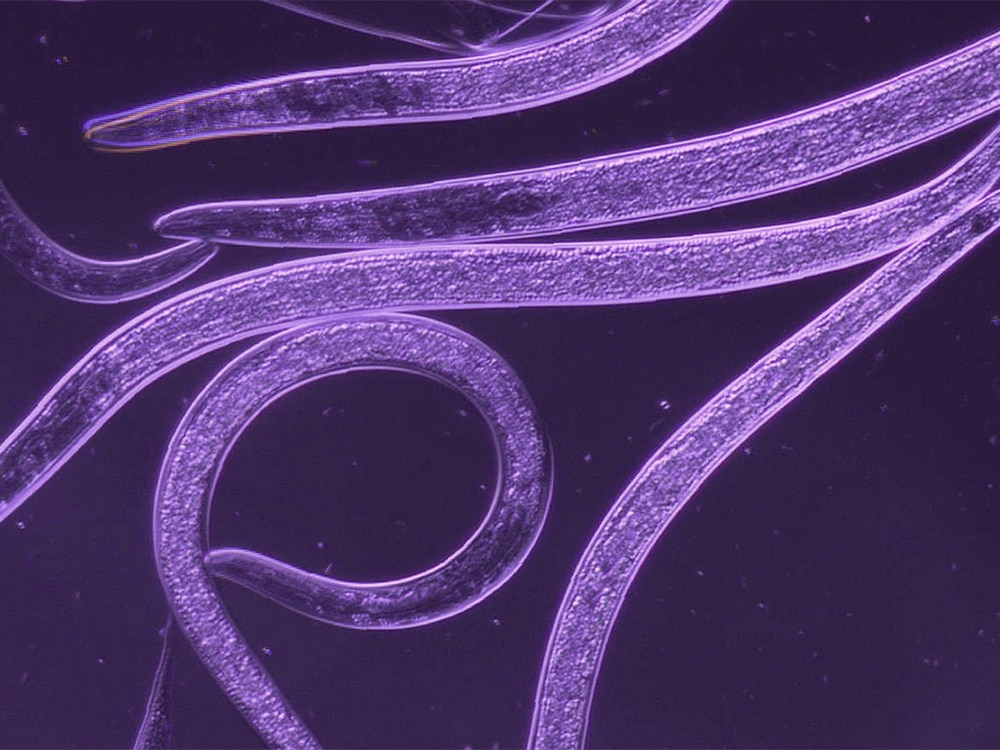Free shipping on orders over $200 when you select Free Shipping at checkout! Bugs only.
Shop by Pest
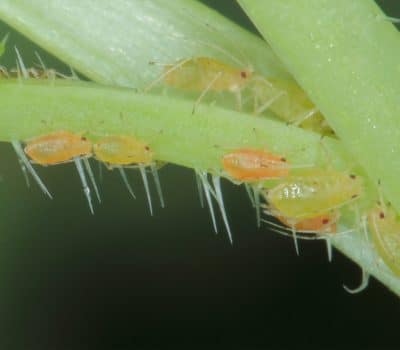
Aphids
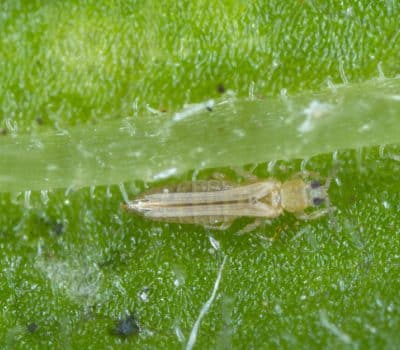
Thrips
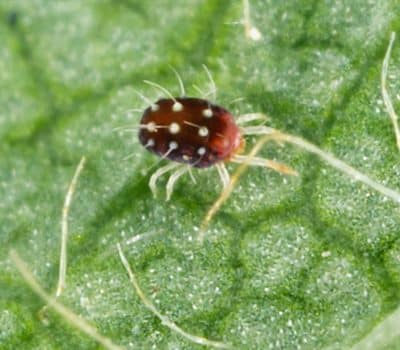
Spider Mites
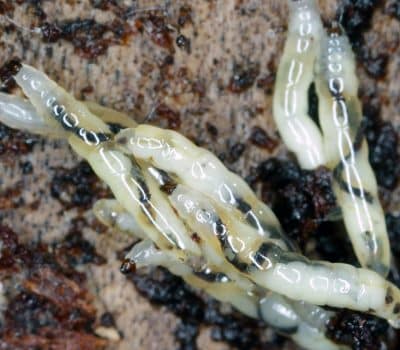
Fungus Gnats
Organic Pest Management for Growers Nationwide
At Plantsman, we have found a safe and effective solution. We have harnessed the proven power of nature to fight off unwanted pests. By utilizing specific beneficial insects, what we call our good bugs, we help frustrated growers of all sizes successfully eliminate pesticide applications and prevent potential future outbreaks.
Growers Helping Growers
For the past decade, we’ve been utilizing beneficial insects in our own large-scale facility and the results have been incredible. We are thrilled to now be helping fellow growers of all sizes ditch their chemical insecticides and switch over to using beneficial insects.



